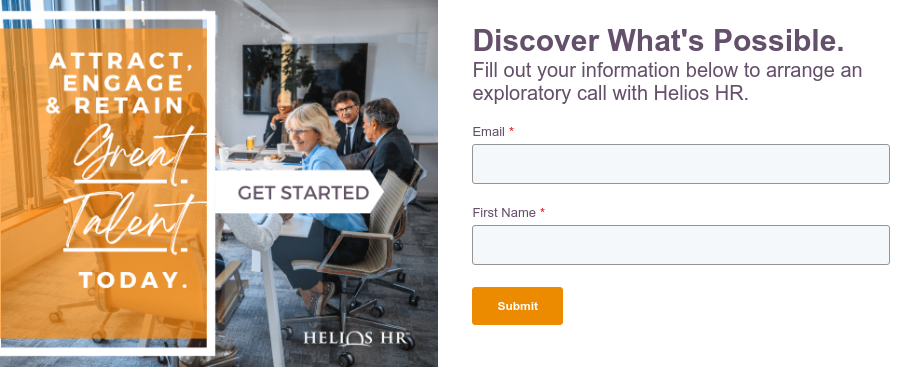By: Ber Leary on October 5th, 2023
How to Recruit and Hire Incumbent Workers for Your Federal Contracts
So, your company has been shortlisted, and you're in the running for an exciting GovCon opportunity. There's a good chance that you'll soon be picking up where the previous contractor left off.
But how do you manage that transition? And what about the workers who are already in place?
What is an incumbent worker?
In government contracting, an incumbent worker is a person who was employed under the previous contract and who will remain in place for the new contract.
For example, imagine a government department that outsources software development. They hire a GovCon company to provide 20 developers, and those developers do great work over the lifetime of that contract.
At the end of the current contract cycle, the government department may choose to award the contract to another provider. However, one of the contract conditions might be: "We want to retain five people from the current team".
This presents a challenge for the new contractor, as they must "capture" the incumbent workers, essentially asking them to quit their old employer and sign a new contract.
It's not always easy. While there are some benefits to being an incumbent (the employee effectively stays in the same job as before), they will have concerns about salary, benefits, culture, and career prospects. That's why every GovCon company must have a playbook for capturing incumbent employees.
3 proven strategies to capture incumbent candidates
As a Senior Recruiting Consultant with Helios HR, I have been asked to help our clients recruit—or rather, capture—incumbents when an impending award is on the horizon.
Here are some strategies that our GovCon recruiting team at Helios HR has identified to help capture those key players and set the foundation for a successful start of the contracted work.
1. Approach the key personnel
First, you need to learn more about the current team. This may involve a little research, although the client-side project managers can help you identify the most valuable incumbents. Once you've got your wish list of incumbent workers, you can start discussing the next steps.
For the incumbent, it's a choice between their current employer and their current job. This can be a tough decision, especially if the current employer offers attractive benefits and incentives. However, staying with the current employer also means a lot of uncertainty. Will they be able to find another government contract that's as interesting or challenging?
The alternative is for the incumbent employee to re-badge. They can stay in their current position as part of your new team. For many incumbent employees, that can be an attractive offer.
You can make this step easier by engaging with a recruitment consultant. They understand how to start a dialog with incumbent employees, and they'll find out how to make it work.
2. Research culture and benefits
Next, in order for the Recruiter to “sell” the incumbents, some upfront leg work and research is necessary. Find out about the incumbent's current employee total rewards and see how it compares to yours.
- Do you have any standout advantages, such as 401K matching, vesting schedules, PTO accrual rates?
- Does your incentive structure recognize exceptional performance?
- Do you offer professional development opportunities?
Company culture can also help persuade potential employees. Try to describe your culture in as much detail as possible, whether your culture is focused on innovation, collaboration, stability, or another attribute.
Diversity, Equity and Inclusion (DEI) are increasingly important to job candidates. It's good to talk about how your company makes everyone feel included and discuss any supports available, such as Employee Resource Groups.
When you approach an incumbent candidate, give them all of the information they need to make a decision. Again, a recruitment consultant can really help you "sell" your company to the candidate.
3. Communicate long-term opportunities
Finally, a defined career path is huge and often overlooked by Recruiters when selling a new role. People thrive in environments where they can grow and learn. If you can identify a career development plan, you will set the stage for long-term growth and employee engagement.
Incumbent capture can be critical for a successful start of a contract and can go a long way to ensure a smooth transition and ease the client's concerns. As Recruiters, it is our job to lure the incumbents with benefits, career progression, work-life balance, company performance and work culture. A win for the company can also be a win for the client and a win for the new employee.
Need help with GovCon recruitment?
For over twenty years, Helios HR has assisted companies like yours in the Greater DC area. Our government contracts experts know how to win government contracts and build successful teams.
If you'd like help with incumbent capture or any other part of GovCon recruitment, book a call with Helios HR today!





